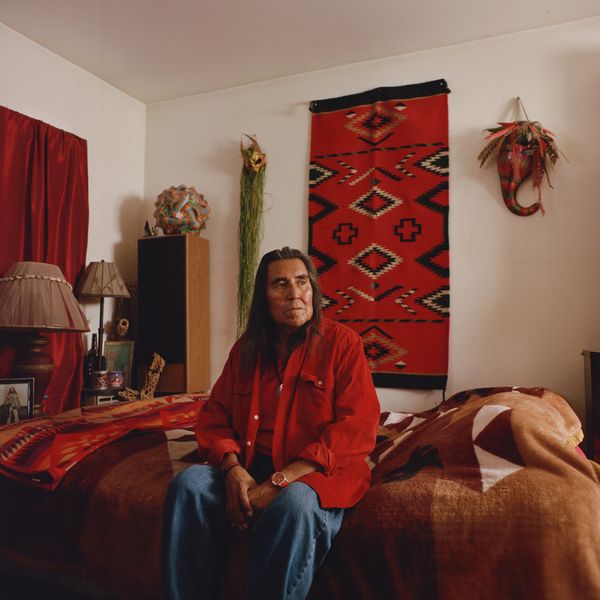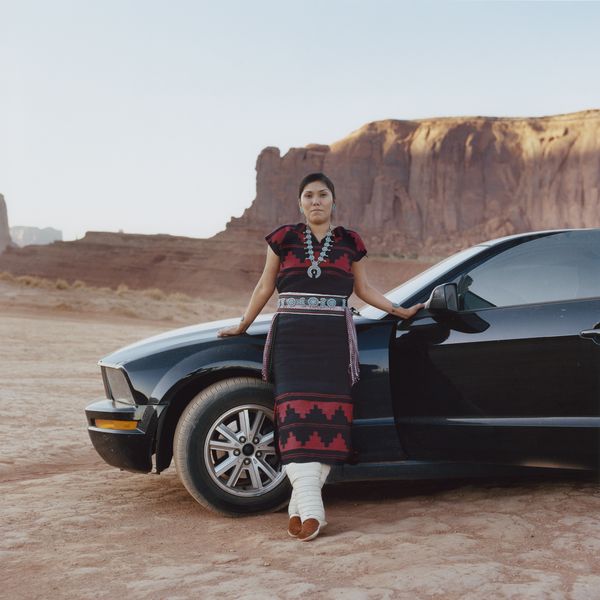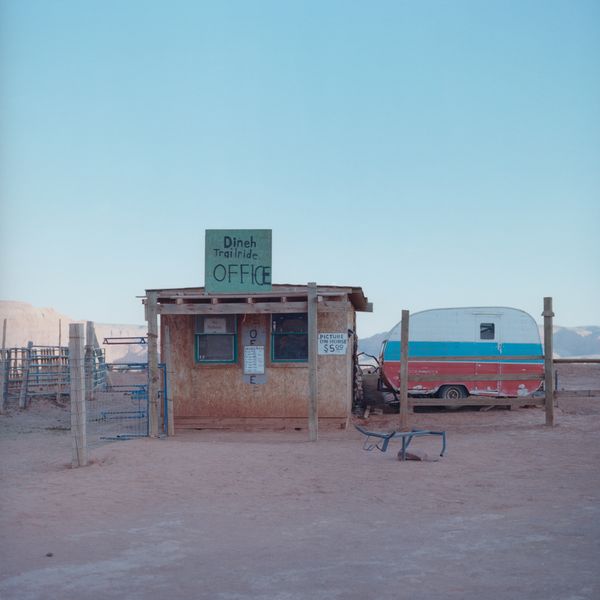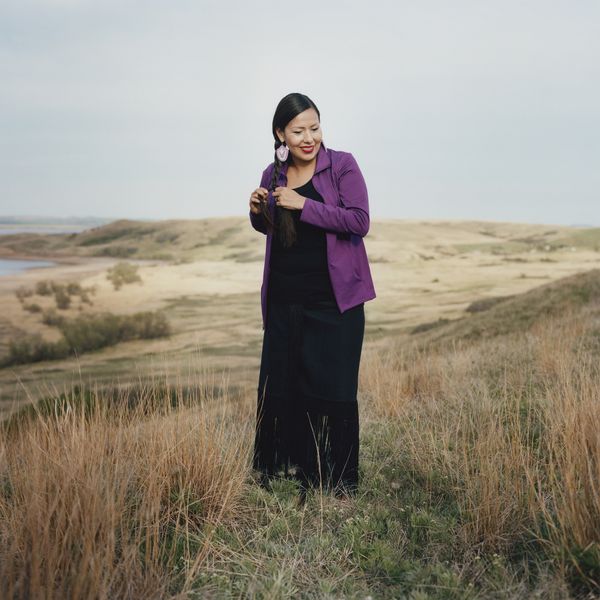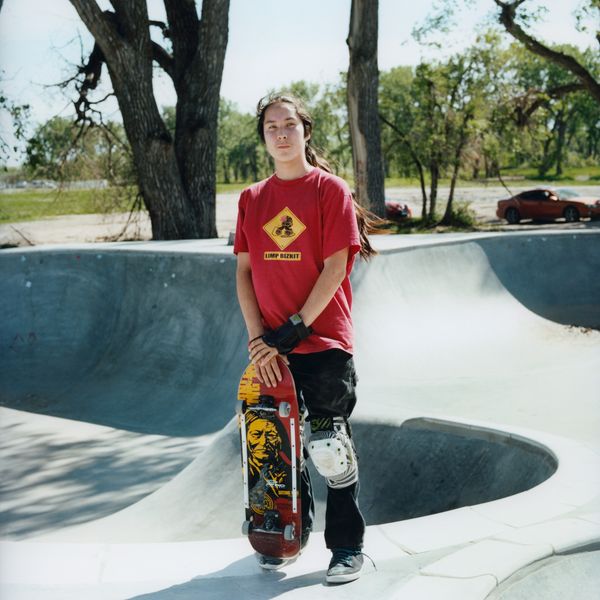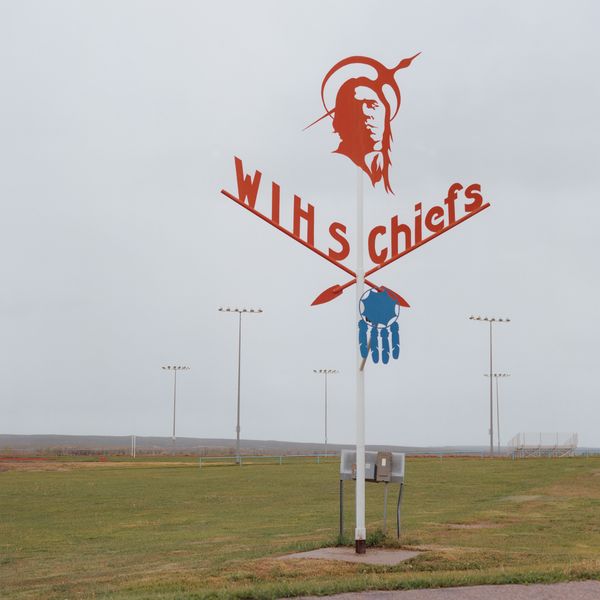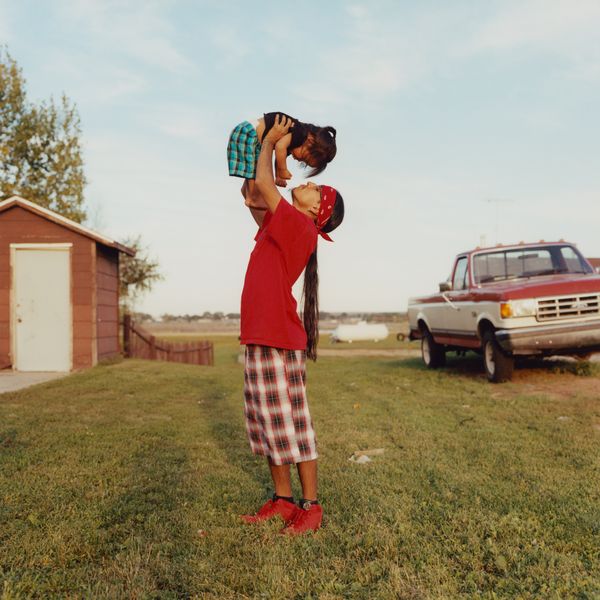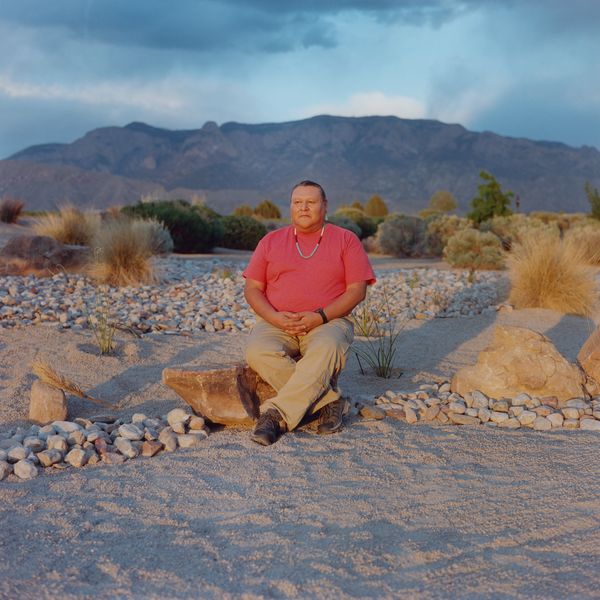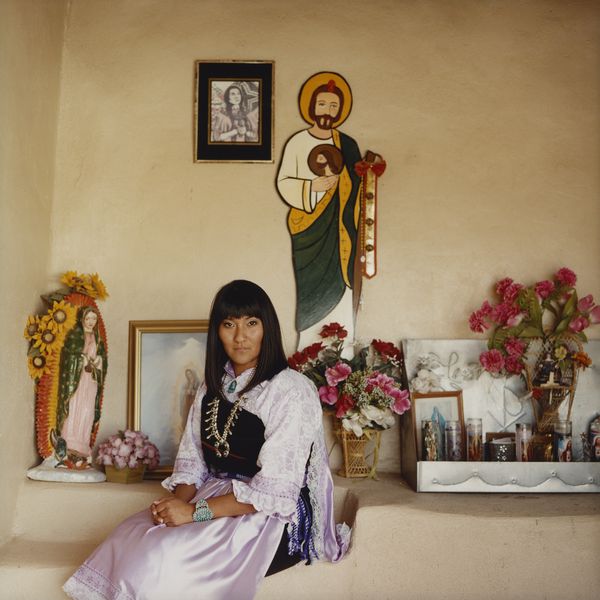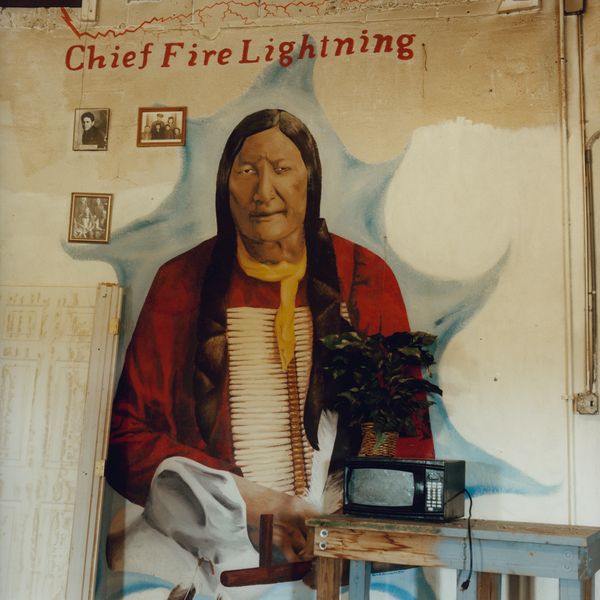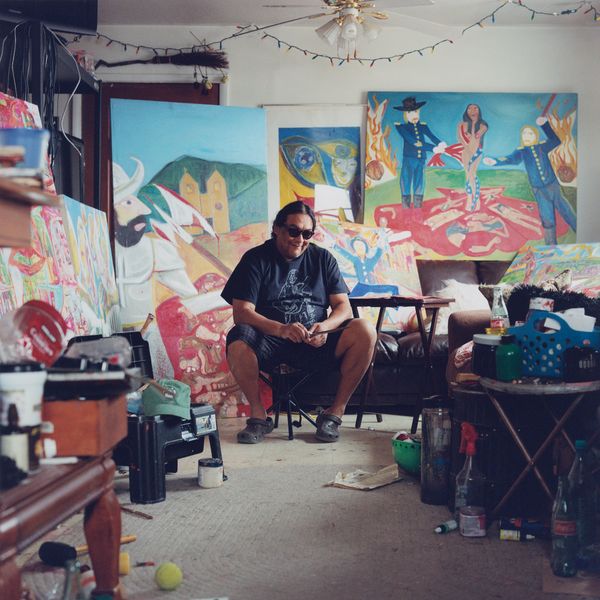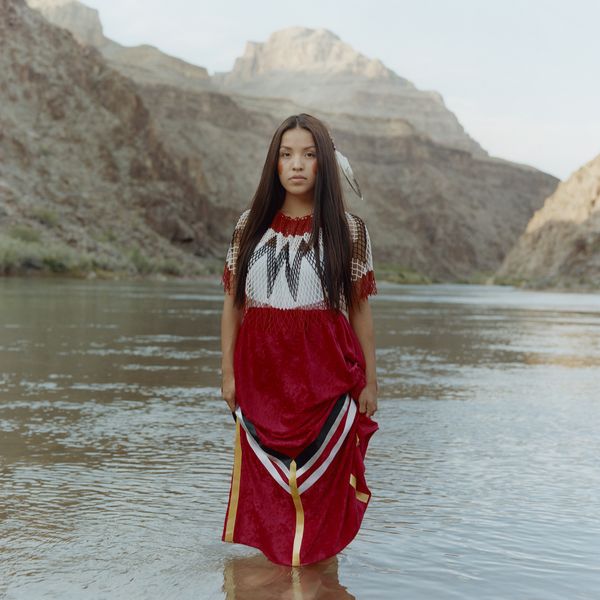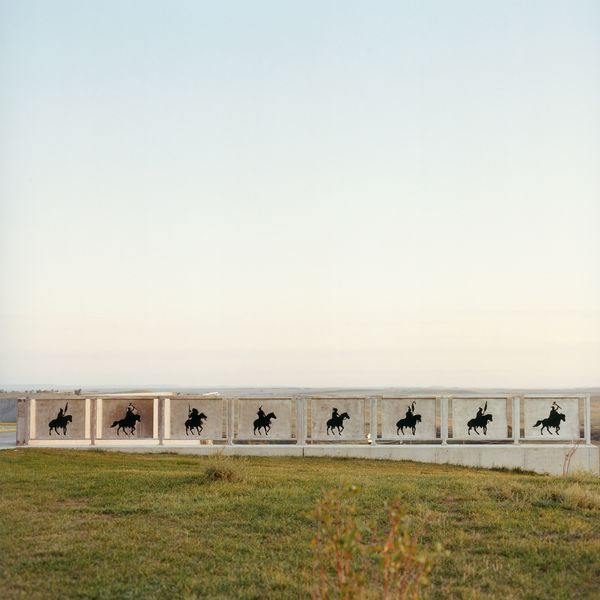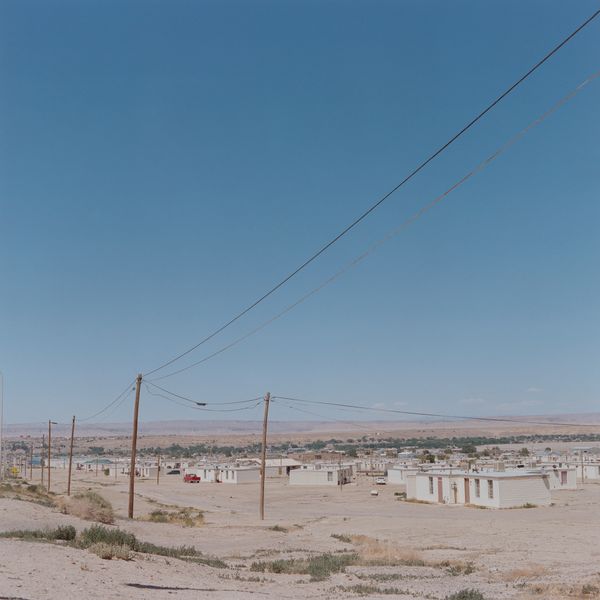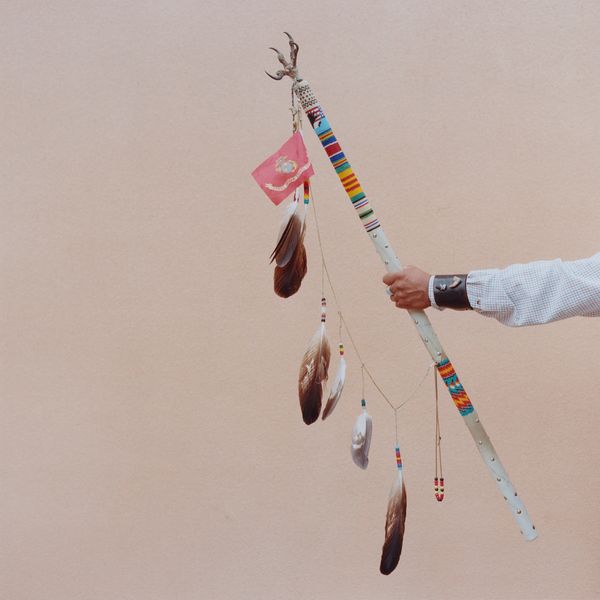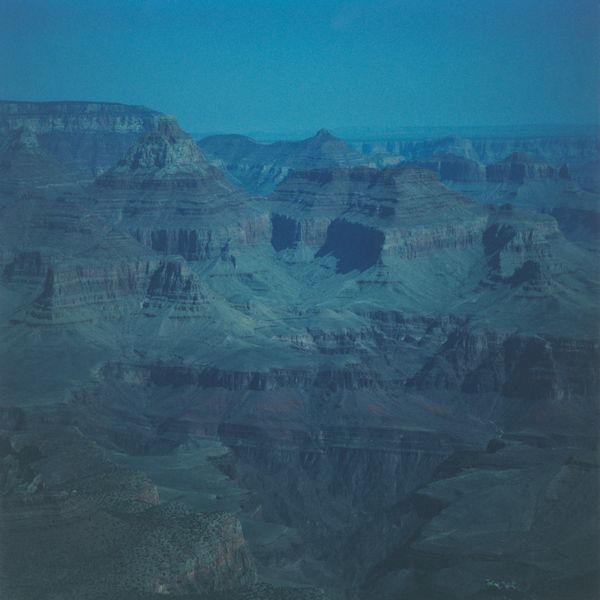The Red Road project
-
Dates2013 - Ongoing
-
Author
- Topics Portrait, Landscape, Documentary
Exploring culture and identity in Native America.
"This is not a time, nor day in age for someone to grow up and not know who they are; to live with a loss of identity. Once you know your culture, your language and your traditions, no one can take that away from you. They tried to kill us, they tried to change us, but we are still fighting, we’re still here."
Danielle Finn (Sheena), Standing Rock Sioux Tribe
Sheena was one of the first people I met and interviewed for this project when I travelled to North Dakota four years ago. Along with writer Danielle SeeWalker, who’s also from Standing Rock, we had decided to embark on a long-term project with the intention to highlight positive and inspiring stories from Native America. We found that media tend to focus on today’s negative aspects surrounding this culture; issues such as drug and alcohol addiction, sexual abuse, poverty, poor education and high suicide rates which all seem to stem from the Indian board school era. Boarding schools began in the late 1800’s to colonize Native people, mainly the children. They were taken far from their homes, beaten for speaking anything other than English and forbidden from participating in their traditional practices. Today, rediscovering their own identity has since been a continued struggle to resurface, especially after such deep residual scars have been left generation after generation.
While it is certainly important to discuss and address these issues, there is opportunity to breathe life into just the opposite. We want to create positive representation of these communities and break stereotypes while aiming to inspire Native people within their own communities to use their heritage as a source of pride and strength. We decided to call our work "The Red Road Project": in various Native American teachings, the "red road" refers to the positive pathways in life. It is a fitting title for this body of work because we are illustrating how Native American cultures had to overcome “cultural genocide” and various attempts of assimilation. It honours the Indigenous people that are doing all they can to break through the odds stacked against them and bring forth the strength, sovereignty, and pride they have for their people and culture. The project features Native Americans from different tribes, all of them strongly connected and actively fighting to keep it alive: teachers, ethno-botanists, children, linguists, doctors, tribal officers, artists, veterans, activists. Alongside the portraits and stories, the project features landscapes and cultural details with the purpose of giving the viewer a broad perspective of the various Nations. No matter how unique each tribe is many similarities live among them especially when it comes to the land. The landscapes offer that unspoken connection.
“Native Americans know more about the environment than anybody else because we don’t just live here and struggle to survive, we participate with the earth, with the animals and the plants, we are not separate from them, they are relatives: they take care of us and we take care of them.”
Linda Black Elk, ethno-botanist from the Catawba tribe
